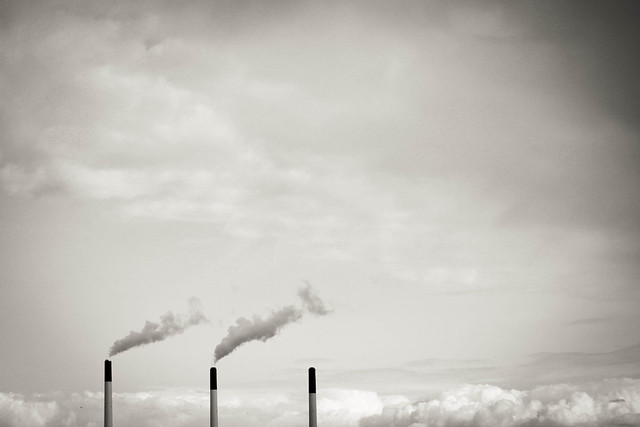Fracking Worldwide: An Overview (Part 2)
The fracking market worldwide can be divided into two main segments: the United States on one side and the rest of the world on the other.
So anyone interested in the future global expansion of hydraulic fracturing should take a closer look at the United States.
Größere Kartenansicht | Fracking Gebiet | Wyoming USA 2012
Indeed, after the re-election of the Obama administration, it’s likely that safety regulations on fracking will become more strict.
At the same time, Obama announced that he favors a robust exploration of natural gas, in part because it is “plentiful and cheap and in part because it produces only about half the greenhouse gas emissions that coal does.”
Thanks to fracking, the United States do in fact face the bright prospect of becoming the world’s largest gas producer within a few years.
According to Edward Morse, Global Head of Commodities Research at Citigroup, the US is the fastest growing gas facilitating nation on the globe:
“America is on its way to challenge the Middle East as leading energy nation in 2020.”
If we take a closer look at the rise of gas fracking globally, we get a rather heterogenous image: It looks like Europe is struggling with itself. The European countries’ policies on fracking diverge.
Germany wants to allow fracking only under strict safety regulations – several large scale enterprises have already backed up their rights of extensive test drillings. France banned fracking last year temporarily due to safety concerns. Poland has a large reserve of shale gas and intends to cut its reliance on gas imports, especially from Russia. Ireland is waiting for further research results. Meanwhile, the UK is discussing a probable expansion of fracking within the country.
The largest shale gas reserves are found in China but the technical expertise is not yet on par with that of the US. Experts disagree on whether China will catch up with the USA around 2020. It seems to be a serious option.
In South America, Argentina has provided evidence that it will jump on the fracking bandwagon soon.
Australia seems to be going in the other direction: Just recently, it stopped any further fracking through a moratorium. Governments always have the option to put projects under moratorium when they are strongly discussed or are too complicated. But moratoriums are always temporary. In most cases, governments simply postpone such decisions as is the case in South Africa: a 14-month fracking ban was lifted recently.
On the whole, fracking is on the rise around the world. Development is still spotty, but the international future of fracking still looks promising. Canadian investigative journalist Joyce Nelson interprets the whole process a little differently:
“[But] shale gas has become extremely controversial in Canada and the US where it was first developed. The industry is planning to go global quickly before the controversy spreads.“
Is that really the case?
In our third part “Fracking – The Controversy” find out what the fracking controversy is all about and what exactly are the pros and cons.






